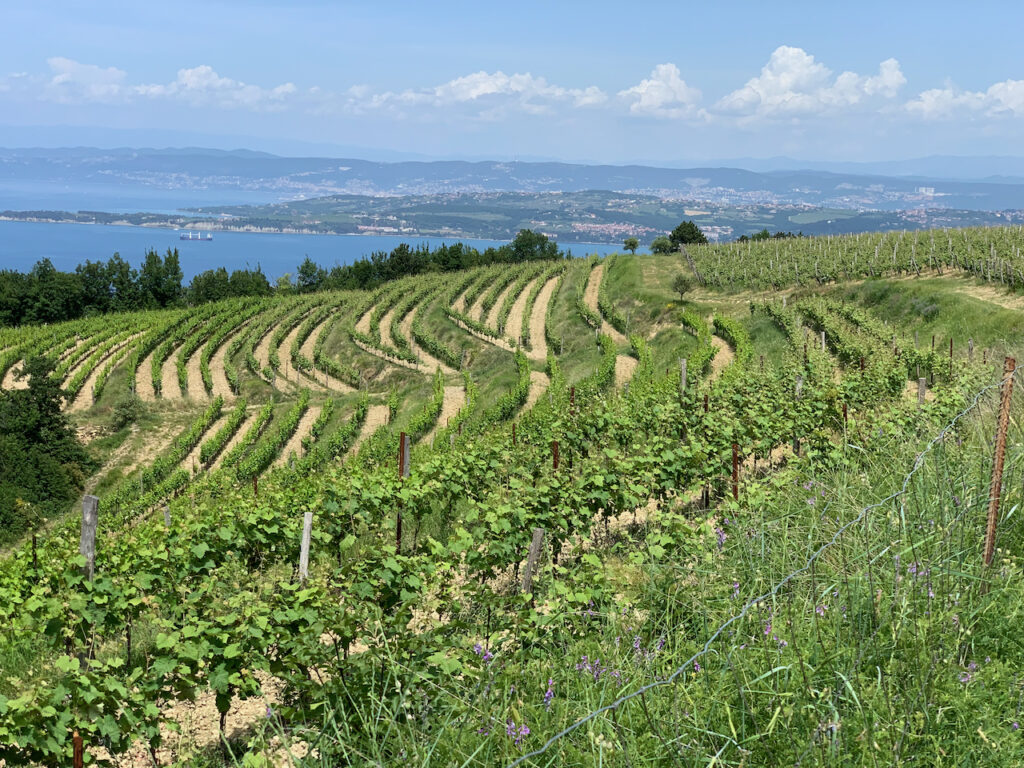
Although little known to us insulated Americans, Slovenia contains the largest karst limestone cave system in Europe with 15 miles of tunnels. We leave Ljubjana to be at the Postjna Caves at opening for the crowds are known to be fierce – although in these COVID days, the numbers are much lighter. I remain significantly sleep deprived so I stumble out of our comfortable van fully prepared with 2 warm jackets for the cold caves below. Slovenia is organized but the English language tour line is far larger than the Slovenian, Italian, or German wait lines for the small open shuttle train that takes you 2 kilometers below and along the excavated route to the heart of the caves. This ride is beautiful in itself, passing through cave after cave with fantastic formations, with the river that helped form these karst limestone wonders sometimes visible down below. It gets cold quickly and I am glad for my double jackets but when we reach the bottom, and it is time to get out and walk with a guide for 1 ½ hours, I know I can not physically do it with no sleep, and choose to head back up into the warm sun. There, with my guide to help me, I find the most luxurious comfortable hard wood park bench in a small shaded area with a warm breeze and the smell of springtime flowers and I so very gratefully lie down and fall fast asleep there for about an hour, and awake feeling incredibly refreshed. Jack and Melanie report the caves are wonderful and different than any they have seen before.
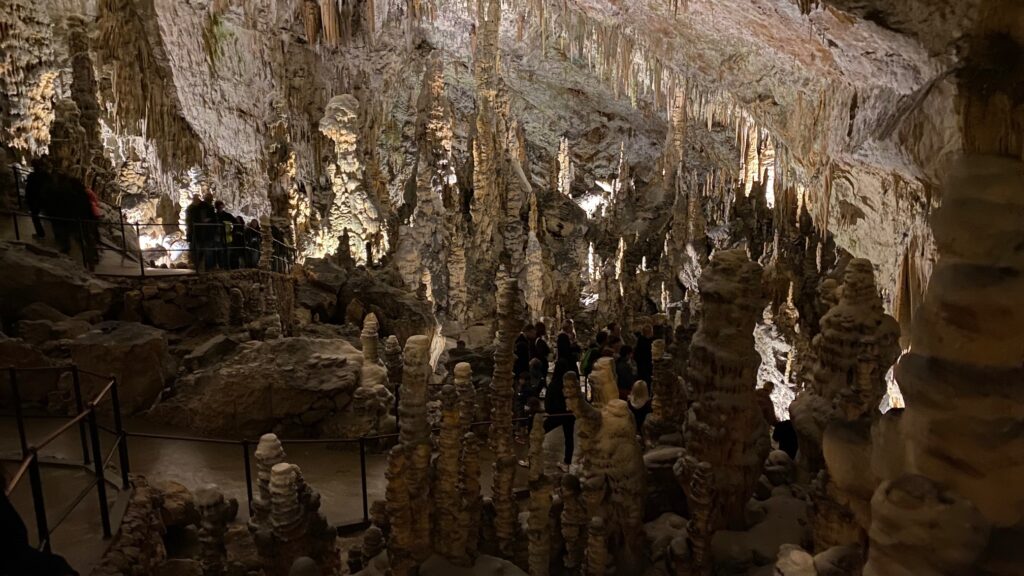
This is a tour to experience the riches of Slovenia – so our next stop is at an international award winning olive oil company, a small family affair with high end processing facilities, Lisjak. We are taken on a ride into the olive and grape fields in an “old-timer” small Yugoslave antique car to view the vineyards that slope down the sides of the hills toward the Adriatic sea and the stands of young and old olive trees that grace this beautiful landscape.
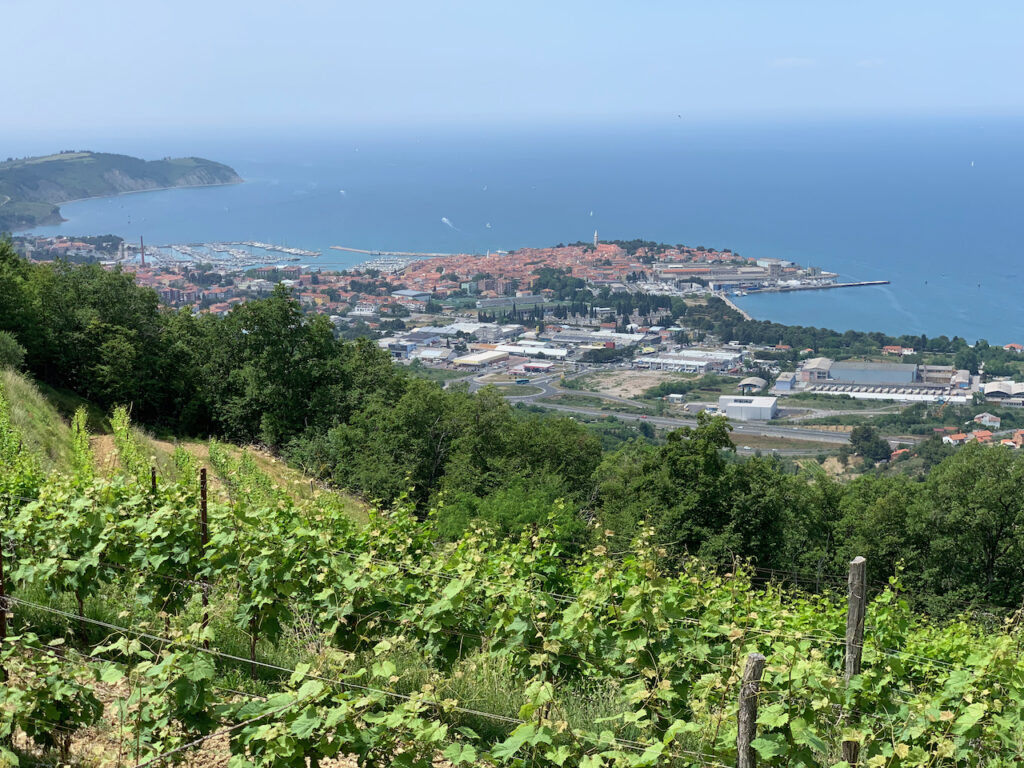
From the hillside, we can view the bustling commercial port of Italian Trieste as well as its smaller nearby Slovenian equivalent, Koper, created out of the reduced amount of nearby shore line granted to this country during the carving up of territory post WWI during which some of the Austrio-Hungarian power is ceded to Italy. We are told that the Slovenia port handles the clean cargo while Trieste deals with the the polluting, and probably more profitable, oil trade. We are treated at the end of our visit to extensive olive oil tasting and delicious snacks of local produce and wine.
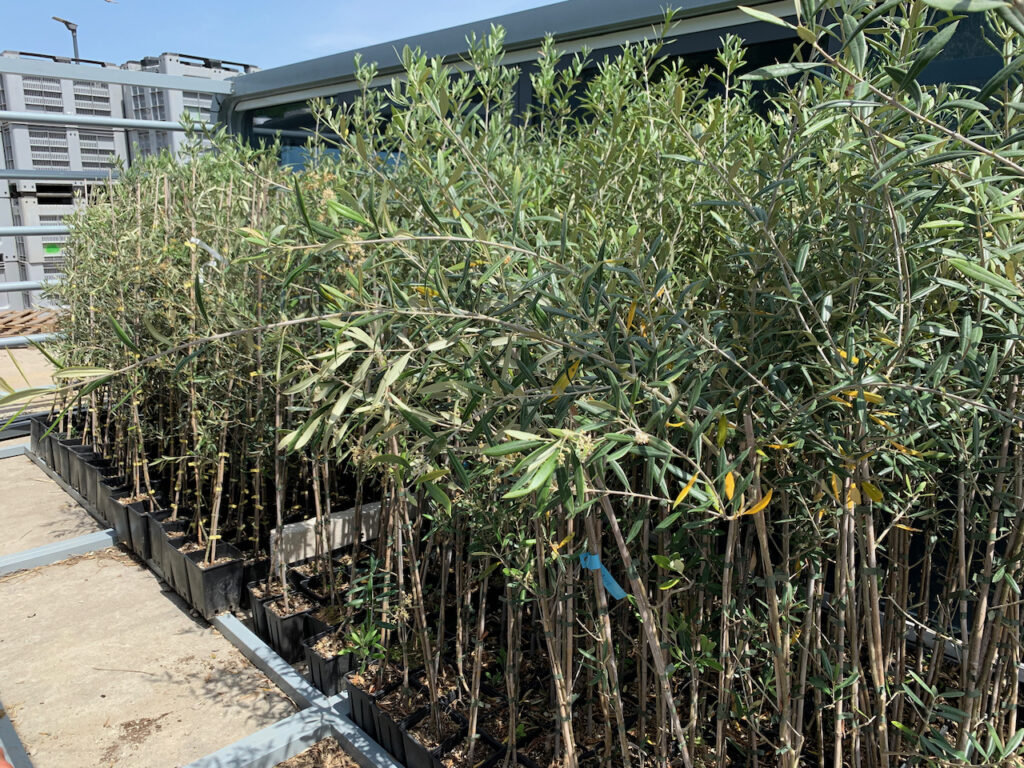
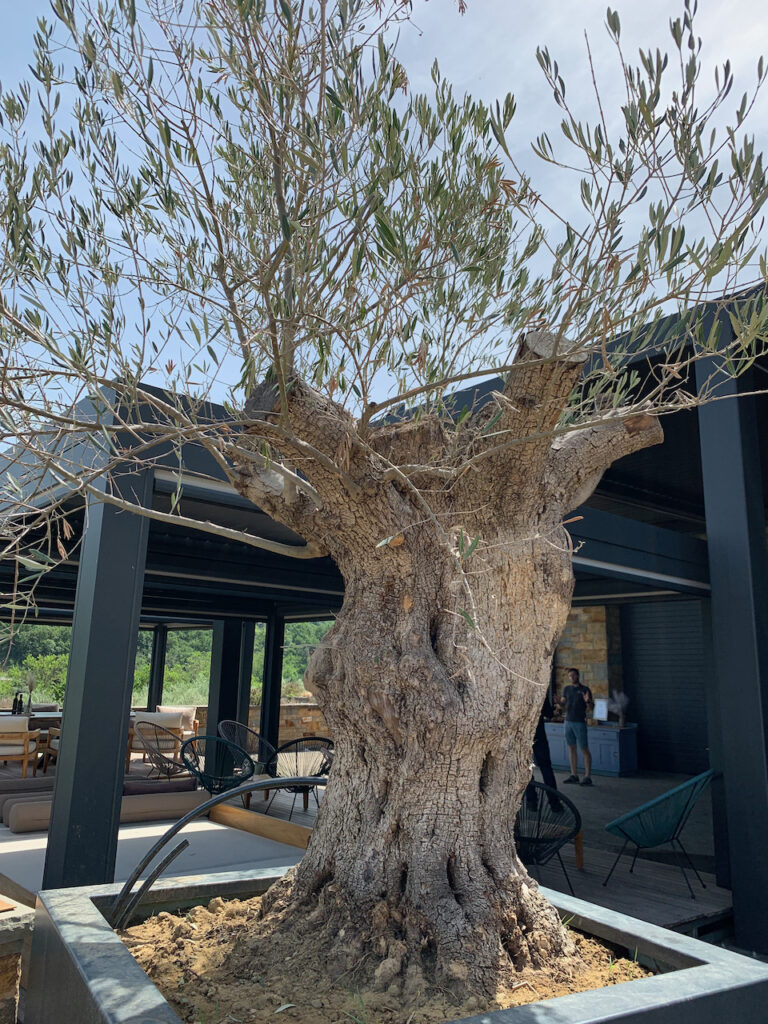
If you look at a map of this region you realize how irrational some national borders are as you must weave in and out between Italy and Slovenia in this area. It is all about power and money and politics.
The Istrian Peninsula is the remaining seacoast of Slovenia and we drive down to lovely Piran for the night. This ancient village still reflects its heritage of fisherfolk and hard work, its narrow stone pedestrian-only streets leading to a stone wall above the sea.
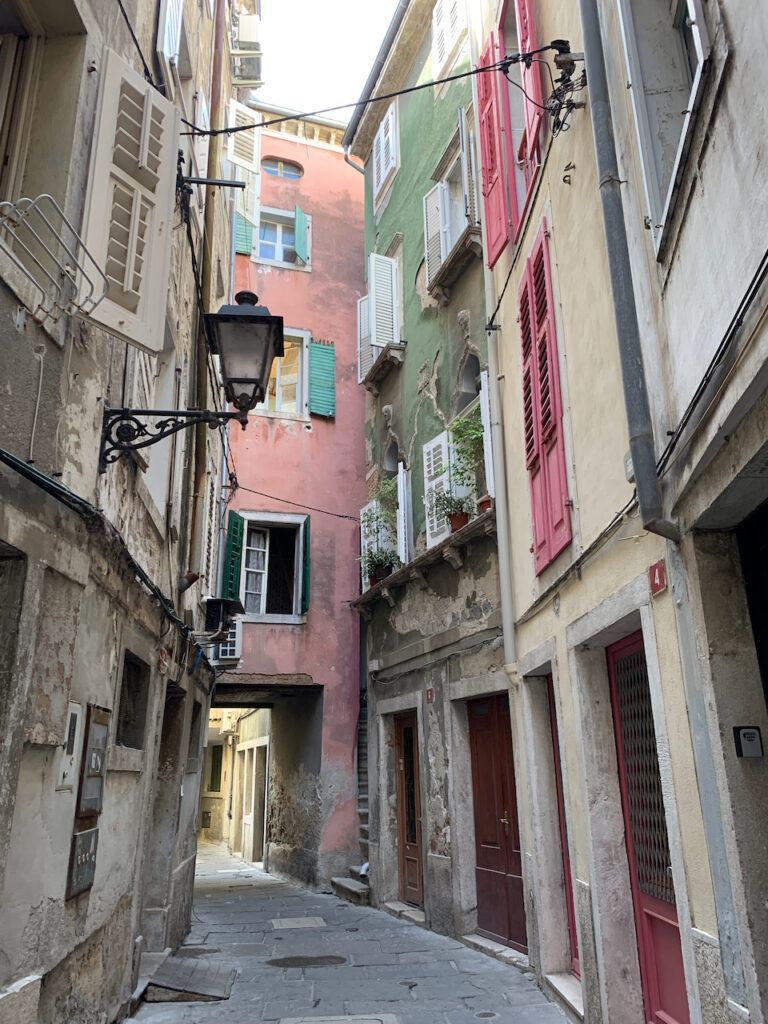
Jack, our guide and myself eat dinner in an outdoor square where we pick up the local delicacies, including chard and potatoes and octopus, and eat amid tourists and locals.
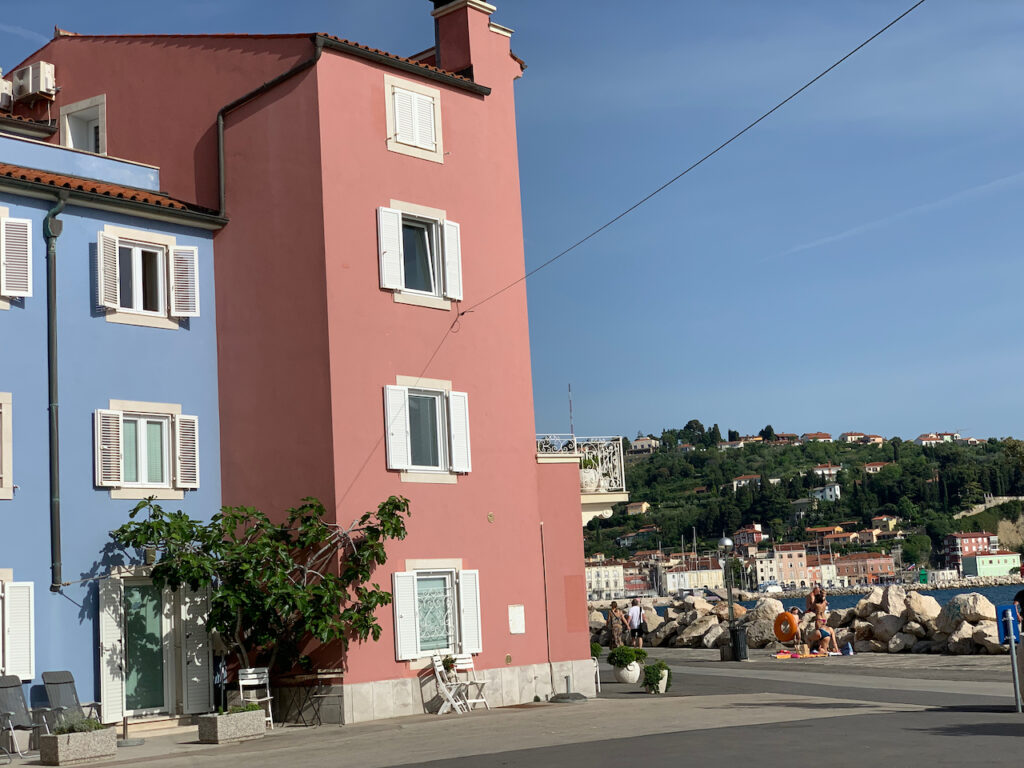
Whereas Piran grants a sense of the former local life, nearby Portorosa is for the visiting European tourists who want sea and sun, a casino, and local entertainment. We sleep there at a very nice local hotel with balconies overlooking the sea – and I actually sleep 9.5 hours!
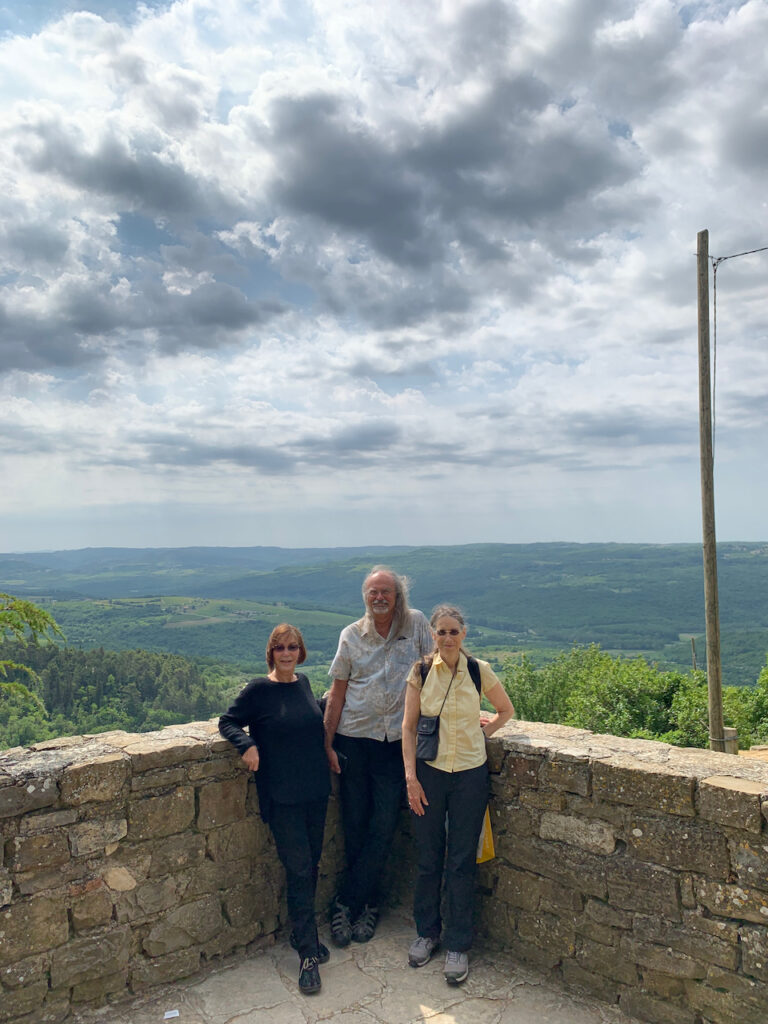
Tomorrow we head further South into Croatia.
